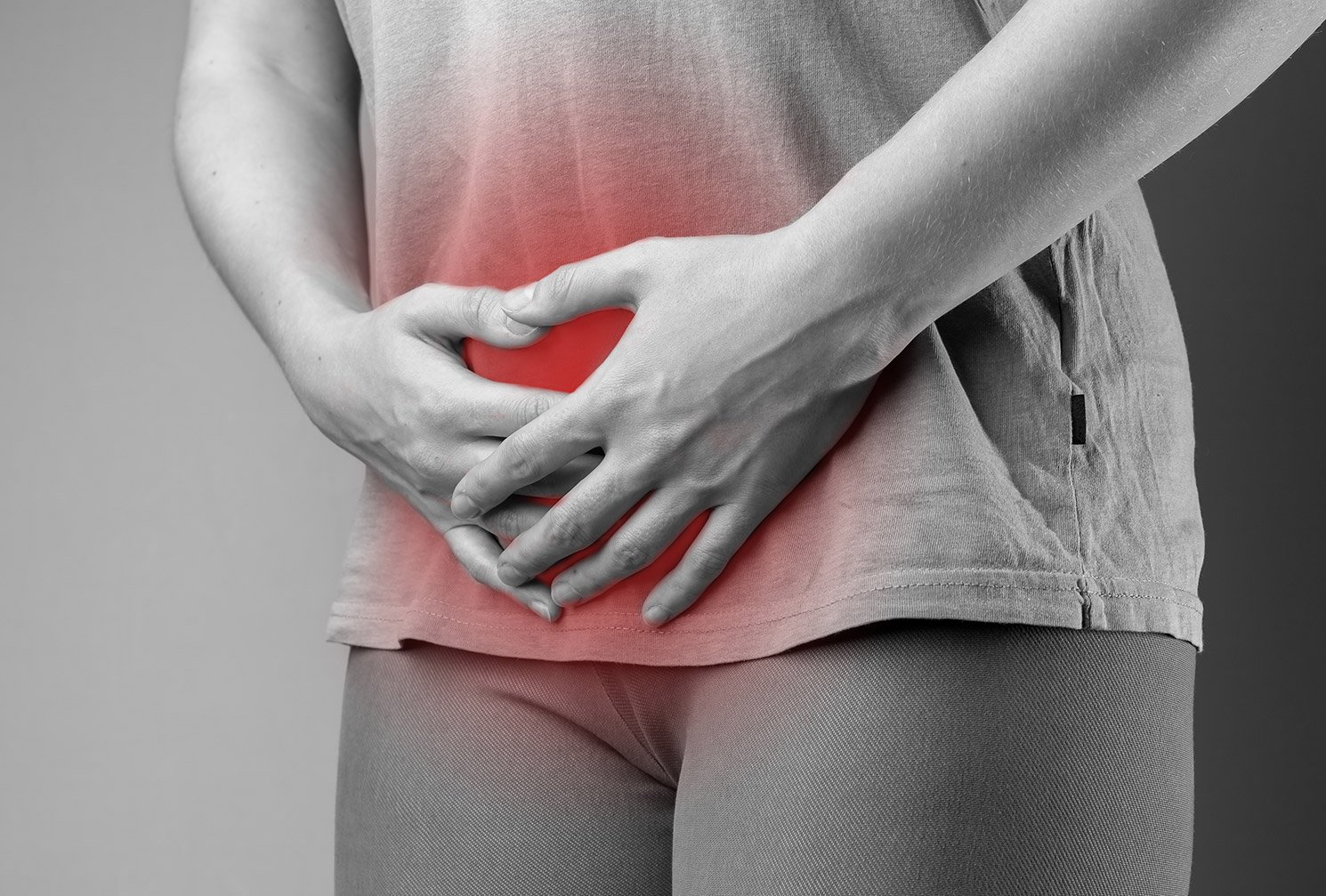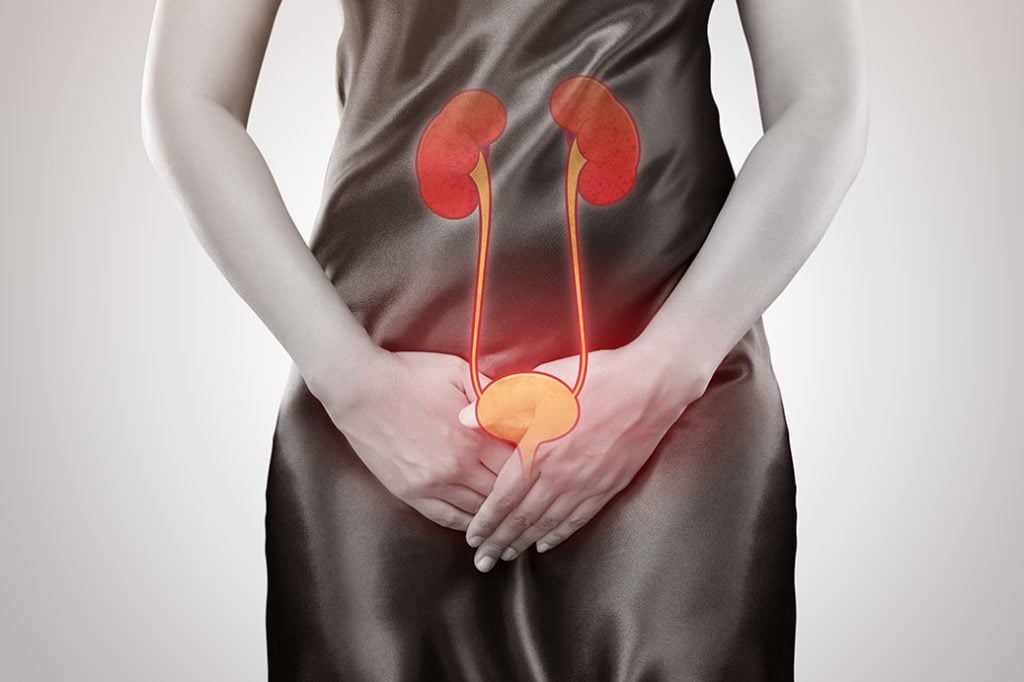
I will never forget that Saturday morning. Oh, the pain in my head, back, and everywhere else – and the fatigue! I could barely lift my head from my pillow while the thermometer pushed 102. This was a bad one, another dreaded urinary tract infection (UTI).

At the nearest urgent care, the doctor considered my high fever and intense pain. She feared I had sepsis and immediately suggested an ambulance to the emergency room. After a few tears and some explaining on my part, she cultured my blood and urine. “Yes,” she informed me, “it’s an acute UTI.” I considered myself lucky that at 53 years old, I headed home with only one round of Cipro.
A UTI is any bacterial infection in the urinary tract system from the kidneys and bladder to the urethra. Symptoms often start with an urgent need to urinate and burning discomfort. The infection can escalate quickly with symptoms such as cloudy odorous urine, fever, back or lower abdomen pain, and fatigue. People 60+ can also experience behavior changes and confusion.
Because the urethras and rectums sit next to each other, women are two times more likely than men to catch a UTI. Eight million women are diagnosed with UTIs yearly, with one hundred thousand needing an overnight hospital stay.

I wasn’t shocked by my diagnosis. For most of my adult life, I’d been prone to UTIs. Starting in my early 20s, every new lover brought the familiar back pain and burning urge to pee. At 30, I settled down with my husband, and so did my urinary tract, or so it seemed. For a solid twenty years, things worked in good order until I passed menopause. Suddenly the dreaded UTI was back with a vengeance and hit me about every six months like clockwork.
UTIs can happen to anyone at any age, but they are most prevalent in older women for several reasons. Hormonal changes during and after menopause alter urinary and vaginal microflora, increasing the risk of a UTI.
Estrogen deficiency, common with menopause, is another risk. Estrogen seems to protect the urethra and vagina from E.coli overgrowth. Another risk factor is that as we age, the number of friendly bacteria decreases while the number of harmful bacteria increases.
Research has shown that a 60-year-old has one-thousandth the good bacteria that a young adult has. That’s why your risk of gastrointestinal issues, infections, and bowel conditions also increases as you age. Lastly, antibiotics prescribed to treat UTIs further decreases your good bacteria.
Fortunately, your diet can lower your risk for chronic UTIs.
I knew the standard UTI triggers as an older adult woman prone to UTIs. Tight clothing, douching, wiping back to front, and not showering after sex were all no-nos.
I wasn’t so aware of how much my diet could help or hinder good and bad bacteria growth. What I discovered was that by adding and subtracting a few foods and nutrients, I could completely redirect the trajectory of my health. I’m happy to report that it’s been over eighteen months without a UTI. My only regret is not researching these simple fixes sooner.

A few foods to avoid to help you avoid a UTI are artificial sweeteners, caffeine drinks, and alcoholic beverages. They each irritate and stimulate your bladder and make your UTI symptoms feel so much worse. If you are prone to UTIs, avoid or cut them out of your diet.
Now, you may not be able to avoid a UTI altogether, but adding these important foods to your daily diet will go a long way toward warding off your next UTI.
- Cranberries and Blueberries: They don’t treat but help reduce the risk of UTIs by keeping harmful bacteria from clinging to the urinary tract lining. Consider adding cranberries and blueberries to salads and rice. Also, try drinking the unsweetened variety of cranberry juice.
- Vitamin C: According togeriatrician Dr. Suzanne Salamon of Harvard Medical School, vitamin C may make the urine more acidic, which can help reduce bad bacteria from growing. Vitamin C is abundant in foods like oranges, lemons, grapefruit, strawberries, and green leafy vegetables. Another option is taking a supplement of 500 to 1,000 milligrams of vitamin C daily.
- Probiotics: If you’re prone to UTIs like me, a daily probiotic supplement can be particularly helpful. Probiotic supplements replenish your colonies of good bacteria in your intestines, vaginal, and urinary tract microbiota, which evidence shows may help lower your UTI risk. The best probiotics for postmenopausal women address digestion-related issues and promote vaginal and urinary tract health. Choose a probiotic supplement with proven Lactobelillia and Bifidobacterium bacteria species.
